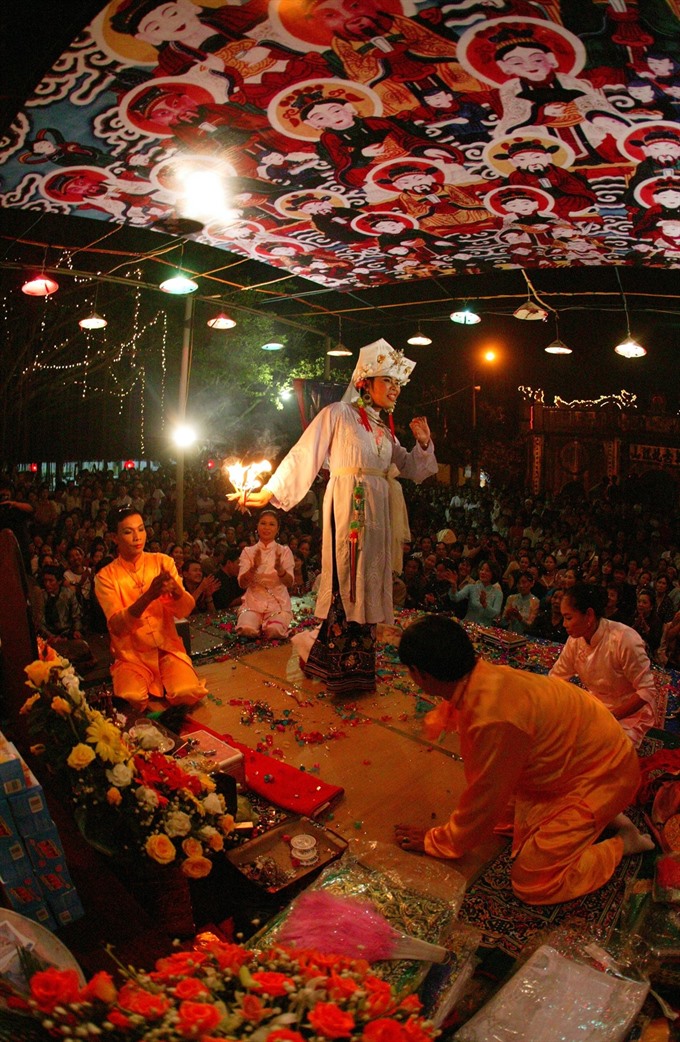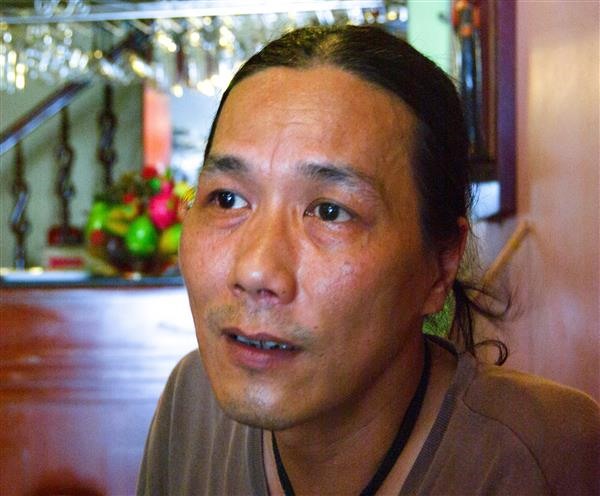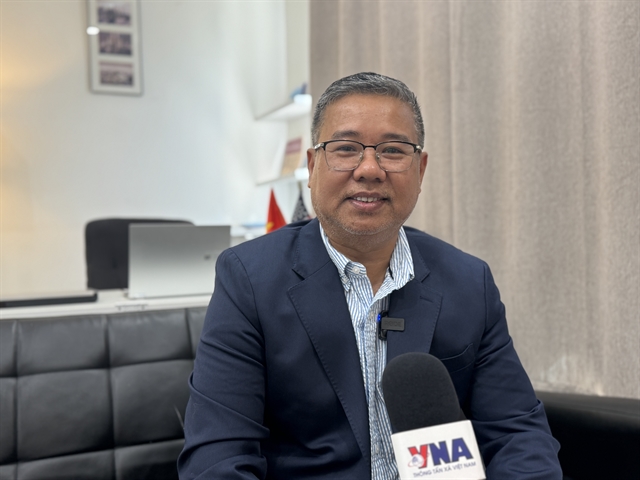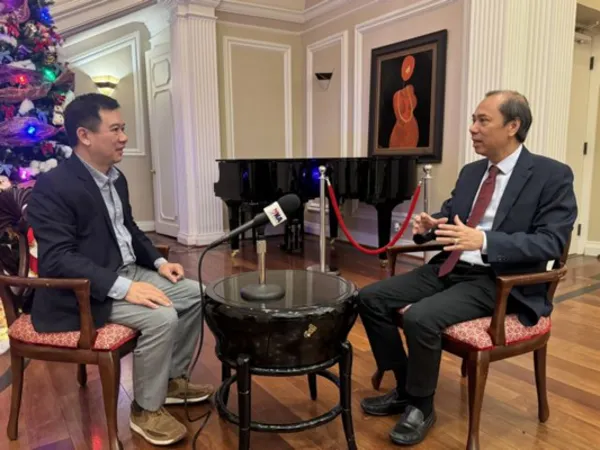 Life & Style
Life & Style

Hầu đồng (also known as lên đồng) is a popular ritual in Vietnamese spiritual culture. Reporter Trần Thành talks to researcher Bùi Trọng Hiền about the art.
 |
| National treasure: A performance of hầu đồng, a sacred yet joyful ritual within Mother Goddess religion. The Vietnamese Mother Goddess religion has been recognised as an intangible cultural heritage of humanity by the UNESCO. VNS Photo Việt Thanh |
Hầu đồng (also known as lên đồng) is a popular ritual in Vietnamese spiritual culture. It is one of the main rituals of đạo Mẫu, the worship of mother goddesses recently identified by UNESCO as an intangible world cultural heritage. The rituals involve mediums going into a trance so that their bodies can receive the spirits of various deities.
Reporter Trần Thành talks to researcher Bùi Trọng Hiền about the art.
Could you talk about the original art and its role in Vietnamese people’s spiritual life in the past?
According to what elders told me, the costumes of those who practiced the art were fairly simple, not as elabrate as today. There were few people who performed ceremonies as mediums.
By the middle of 20th century, Chầu văn, the ritual music and singing used in these ceremonies, had become a unique folk music. In fact, when the ritual was banned in the North during the wars in the 50s - 80s of 20th century, the music had already become established as a genre and was part of the music stock performed on regular stages.
For many Vietnamese people’s spiritual life, mediumship is a way to soothe pain by channeling saints worshipped at holy temples.
In the past, people attended such ceremonies because they thought they were cursed with bad luck that explained disease, financial loss or other troubles. They found strong belief and spiritual support, especially when the mediums reached a climax as saints after having received the souls of deities.
There was always a big mirror set at the foot of the altar so that the mediums could watch themselves slowly become saints during the ceremonies.
In daily life, these mediums can sometimes act strangely, believing as they do that they have been fated to become holy. The special characteristics of such people is called tính đồng bóng in Vietnamese.
What do you think about today’s practice of mediumship?
After the đổi mới (renewal) process was adopted in the 1990s, the system of temples dedicated to mother goddesses throughout the country was revived. But the art and its cultural aspects had changed after being interrupted for almost half a century.
The number of saints’ souls appearing during the trances increased to dozens.
The costumes of mediums also changed, as a result of competition and a desire of each to outdo the other. They dress like princesses and queens in Chinese movies.
In the past, there were rules regarding colours of the costumes of mediums that receive saints’ souls: Thiên Phủ (Mother God guarding the sky) wore red; Nhạc phủ (Mother God guarding the forest) wore green; Thoải phủ (Mother God guarding the water) wore white. But the rules have gradually been broken.
What worries me most is the music used in the ceremonies. Ancient melodies like Dọc, Cờn, Luyện and Phú Nói are used less and less while performers have added modern instruments like electric guitar and organ to their repertoire. Songs at the ceremony now include modern pop songs like Lòng Mẹ (Mother’s Heart) by Y Vân, Đi Học (Going to School) by Bùi Đình Thảo and Tiến Quân Ca (Marching Song, Việt Nam’s National Anthem) by Văn Cao.
I think people now view the art of mediumship as a kind of superstitious practice.
With the practise now widely spread not only at public temples, but also at pagodas worshipping Mother Goddesses or private shrines, we should consider the matter seriously.
It seems that the pain-easing aspect of the belief has been over rated.
How do you think we can restore the belief to its origin?
Mediumship is a central practice related to the Vietnamese beliefs in the Mother Goddesses of Three Realms.
The spiritual-commercial relationships among people performing, watching and hosting the ceremony dates back to ancient times. For example, people who wanted to watch the ceremony paid the mediums for their seats or for worship objects, while mediums paid for use of the temples.
I think it’s impossible to restore the belief to its origin. It’s too difficult to impose regulations on a group of people who have been doing things they want for a long time. — VNS
 |
| Historic mind: Reseacher Bùi Trọng Hiền. VNS File Photo |




